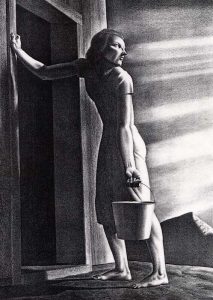
So Long, But Not Goodbye
The very first post in this series went live on April 1, 2020, amidst the first waves of shutdowns (including of CFAM) due to the COVID-19 pandemic. Since then, a great deal has changed, both at the museum and in…

The very first post in this series went live on April 1, 2020, amidst the first waves of shutdowns (including of CFAM) due to the COVID-19 pandemic. Since then, a great deal has changed, both at the museum and in…

A year ago, I wrote about John Sloan’s The Women’s Page as part of a discussion of the prevalence of etchings of modern life in the CFAM collection. As I mentioned in that previous post, this etching is one of…
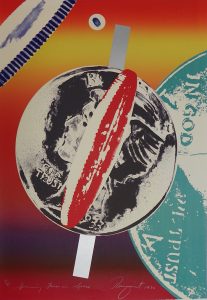
Back in September, I wrote about the affinities between Joseph Cornell and Earl Cunningham, two untrained eccentrics who made collecting the core of their artistic practices. In that post I also wrote about the serendipity of research, whereby the proximity…

When I saw the listing on the CFAM website for the artist George Grosz, I wondered if someone had made a typo. Grosz, I knew, was a German-born artist best remembered for his scathing depictions of the corruption of interwar…
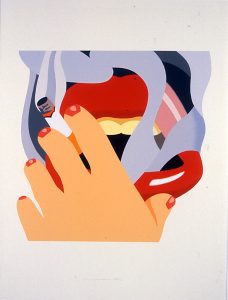
A few weeks ago, I wrote about Wayne Thiebaud, whose career has been much more varied than I had previously understood. This week, I’ve had the opportunity to consider another such artist, the similarly underappreciated Tom Wesselmann. If Thiebaud is…
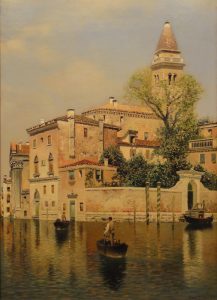
Usually in this space I am eager to share my most exciting finds, such as my renewed appreciation for Wayne Thiebaud. This week, however, I am in a somewhat more low-key, contemplative mode as a result of my research on…
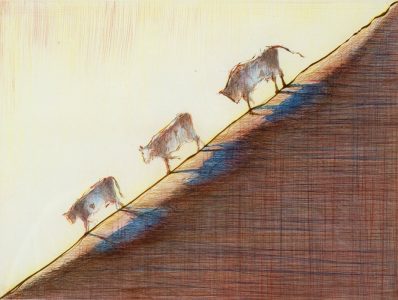
There is just something about landscape art that helps transport me to past times and places. I was reminded of this quality once again this week, with my consideration of Three Cows, a drypoint etching by the American painter Wayne…

Previously in this space, I have written about the necessity of seeing works of art in person, as well as about the materiality of oil paint. This week my research led me to the art of David Stern, who uses…

In one of those quirks of the alphabet I wrote about when considering Joseph Cornell and Earl Cunningham, my list of twentieth century American artists includes Jim Dine and Mark di Suvero back-to-back. Both longtime, well-known contemporary artists, the two…
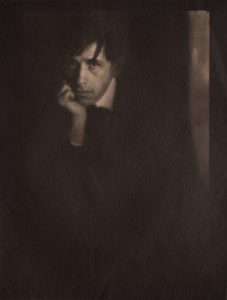
Back in October, I wrote about the moment around the turn of the twentieth century when photography became art. In that post, I examined the work of F. Holland Day and Gertrude Käsebier, two of the most influential figures in…

Recently I wrote about the changing taste for American modernism, and the impact these changes had on the career and legacy of the painter Ilya Bolotowsky. As I was researching Bolotowsky, I learned about his involvement in the group American…

Last week, I wrote about the shifting American taste in modern art at the middle of the twentieth century. I’d like to revisit that subject again this week, prompted by my research on one of the most famous—and, in her…

Recently, while conducting research on the painter Elizabeth Murray (herself worthy of a future blog post), I came across an interesting anecdote. In 1994 Kirk Varnedoe, the Museum of Modern Art’s Chief Curator of Painting, asked Murray to curate an…

Flashback to December, and I am looking out the window at a sheet of ice, deposited in my corner of the Blue Ridge by the December Nor’easter that is rapidly dumping huge amounts of snow on various parts of the…
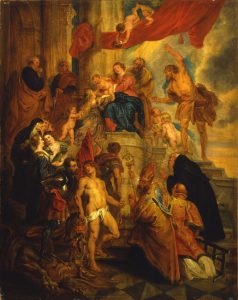
In this blog series, I have tended to focus closely on American art. This is, of course, mostly by design: I am a specialist in art of the United States, and the project I’m working on is all about CFAM’s…